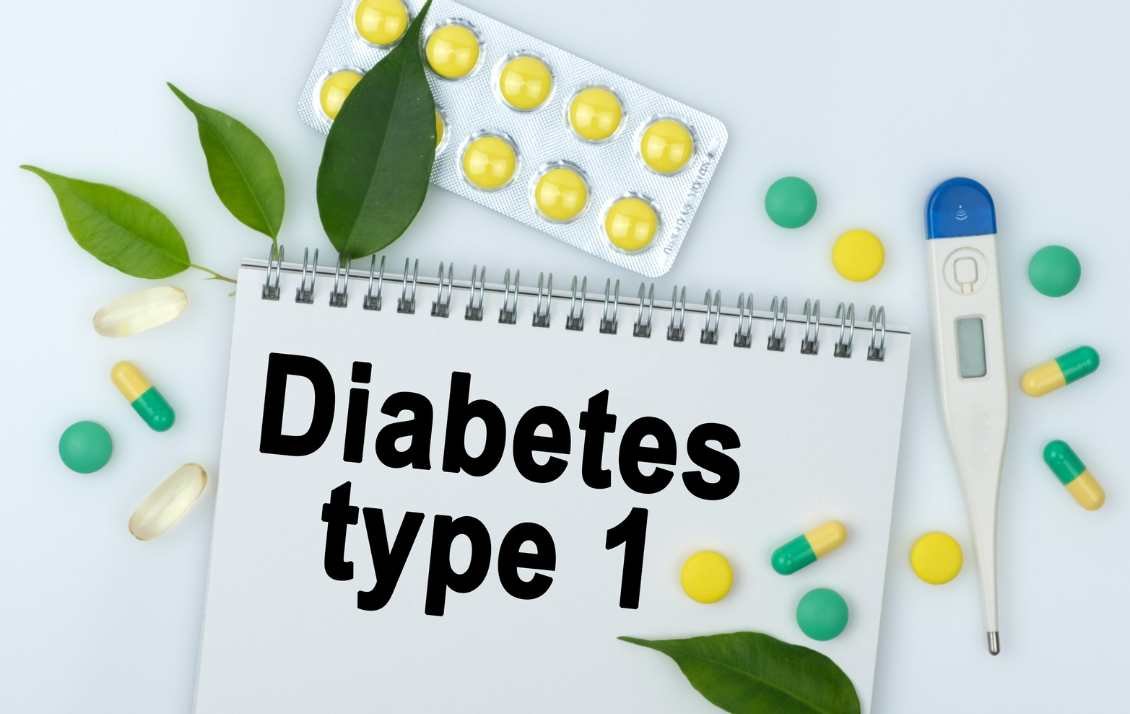Highlights
- A 25-year-old woman with type 1 diabetes was functionally cured using stem cell injections.
- The procedure involved reverting the patient’s cells to a pluripotent state and programming them into pancreatic islets.
- The injections were minimally invasive and allowed for easy monitoring post-treatment.
- Just two and a half months later, the patient was producing enough insulin on her own.
- Further studies are needed to assess the long-term immune response in patients.
Researchers in China have achieved a remarkable breakthrough by functionally curing a female patient with type 1 diabetes through innovative stem cell injections.
The study, published in the journal Cell, outlines how the team extracted cells from the patient, reverted them to a pluripotent state and programmed them to develop into pancreatic islets.
This treatment approach aims to address the loss of these insulin-producing cells, which are destroyed by the immune system in type 1 diabetes.
Type 1 diabetes typically manifests in childhood or adolescence, resulting in a lifelong dependence on insulin therapy.
The condition arises when the immune system mistakenly attacks and destroys the pancreatic islets, making insulin production impossible.
Replacing these islets is essential for a potential cure, and the recent study showcases a promising method to accomplish this.
In this innovative procedure, researchers collected cells from three patients with type 1 diabetes.
They utilized a novel approach by exposing the cells to specific molecules rather than relying on traditional proteins to program the cells into islets. This modification is significant in enhancing the effectiveness of the treatment.
The first patient, a 25-year-old woman, underwent a 30-minute procedure in which 1.5 million of the engineered islets were injected into her abdomen.
This placement allowed for easy monitoring and the possibility of removal if complications arose.
Remarkably, just two and a half months later, tests indicated that the patient was producing sufficient insulin independently, leading to the cessation of her insulin injections.
A year after the procedure, the patient continues to produce her own insulin, demonstrating the treatment’s long-lasting effects.
However, researchers caution that since the patient was already taking immunosuppressant drugs due to a previous liver transplant, it remains uncertain whether her immune system will launch another attack on her newly formed islets.
This successful case highlights the potential of stem cell therapy as a groundbreaking approach to treating type 1 diabetes and raises hope for future developments in regenerative medicine.
